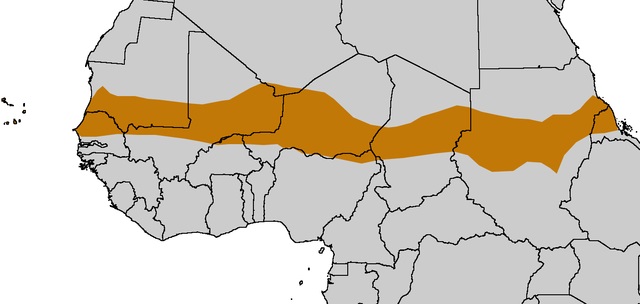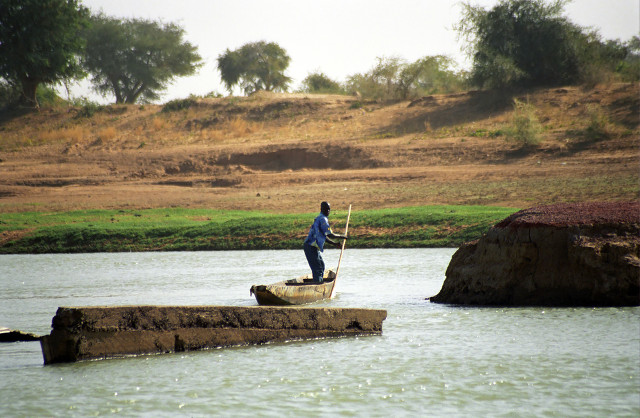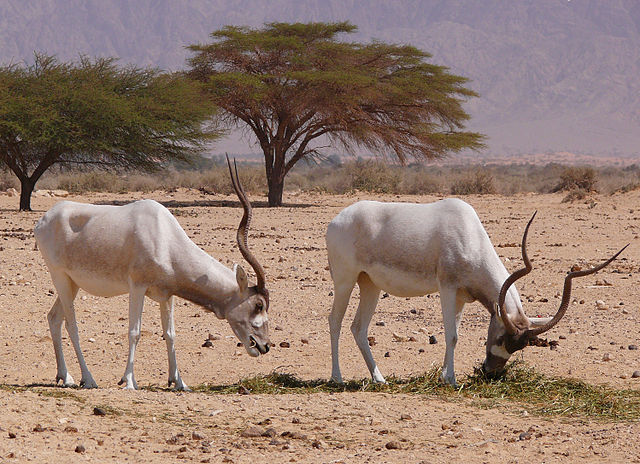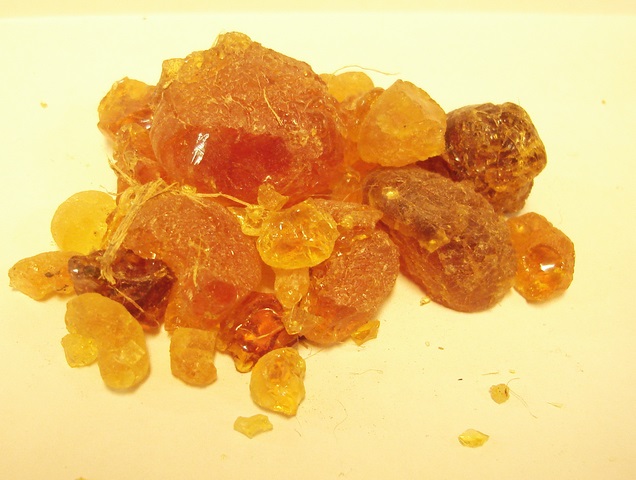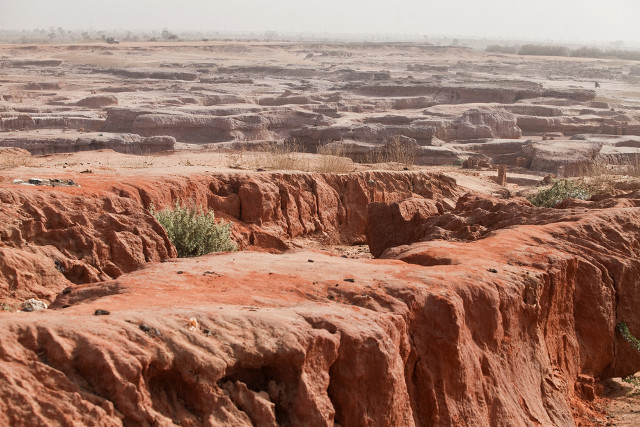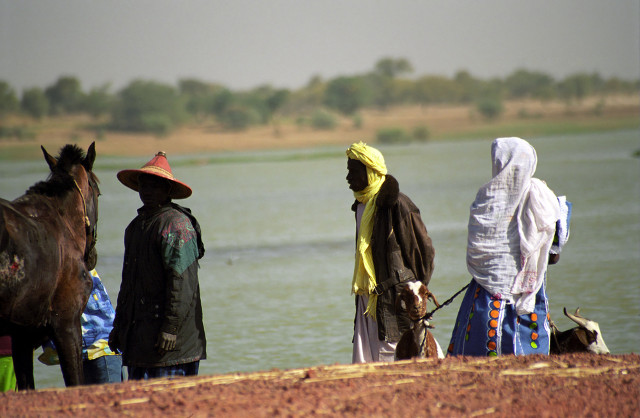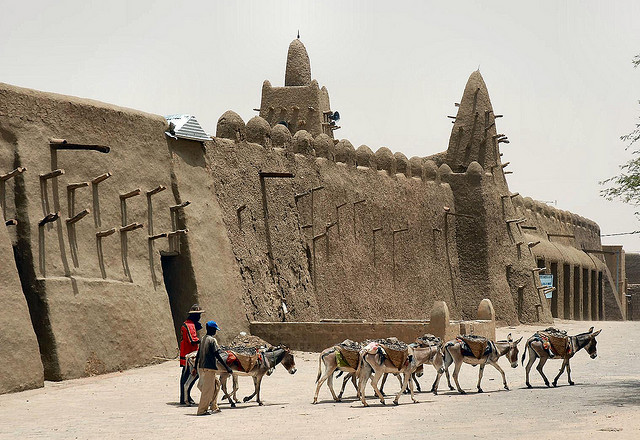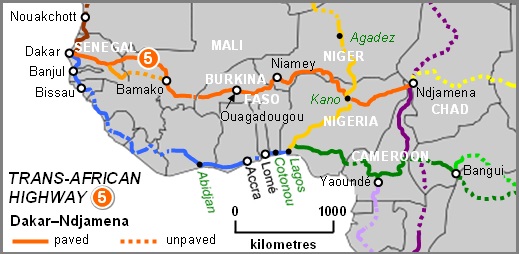We know you’re all familiar with the Sahara as well as Sub-Saharan Africa. But, did you know that there is a band of shrubland and semi-desert separating the arid north from the tropical south called the Sahel? Stretching from the Atlantic to the Red Sea, and passing through over a dozen countries, this region has acted as a barrier for thousands of years, separating Africa in two. This unique and seldom-visited area is home to millions of people, flora, and fauna that exist nowhere else in the world. Here are 15 things you didn’t know about the Sahel.
1) What’s in a name?
The word ‘Sahel’ comes from the Arabic word sāḥil which means coast or shore. It refers to the Sahelian border with the Sahara where plants and shrubs start to grow and take root, forming a desert “shoreline” of sorts. In the more metaphorical definition of things, the Sahel can be viewed as the dividing line or region separating dry North Africa from the tropical south.
2) Its reach is vast
The Sahel is big. Like, really big. Like, longer than the entire United States big at over 5,400 kilometers (3,350 miles) stretching from the Atlantic Ocean to the Red Sea and touching over a dozen countries including The Gambia, Senegal, Mauritania, Mali, Burkina Faso, Niger, Nigeria, Cameroon, Chad, Sudan, and Eritrea. Stretching from between 300 and 600 miles (500-1,000 km) north to south, it forms a band stretching the entire length of Africa.
3) A unique biosphere
The Sahel is classified as a tropical hot steppe or semi-desert shrubland. The weather is typically hot, sunny, and windy with irregular rainfall at times. Very similar to the climate of the Sahara, but somewhat less extreme, it is home to a unique mixture of flora, fauna, and people, many of which inhabit only this band of semi-desert.
4) Distinct wildlife
Besides the populations of reptiles, insects, and birds that inhabit the region, the area was once home to large groups of mammals. Desertification, encroachment from pastoralists, and competition for resources has caused steep drops in many populations. Animals still found in certain areas include gazelles, oryx, buffalo, African wild dogs, cheetahs, and lions. And of course, the ubiquitous desert animal, the camel.
5) Gum Arabic
Gum Arabic or acacia gum comes from the sap of two species of acacia tree, predominantly found in the Sahel. Unbelievably versatile, it is an important component of many things including some paint and printmaking, cosmetics, pharmaceutical drugs, adhesive, many hard or gummy candies, and most importantly, soda! The British and French would export it during their colonial days and Sudan once produced 80% of the world’s gum arabic during the second half of the 20th century.
6) A religious divide
The Sahel is also the main dividing area between the Muslim areas of North Africa and the Christian and animist south of the continent. Because of differences between language, culture, lifestyle, and agriculture, Islam slowly made its way through the Sahara, arriving from the north, whereas European Christian colonizers moved inward from the south and coasts. Understandably, it took centuries for religion to meet at the interior, in what is now, the Sahel.
7) Prone to drought
One of the potential disasters of living in the Sahel is the possibility of drought. Because the area is so dependent on seasonal rains and growth of vegetation, any change in climate will drastically affect the nomadic populations and their herds of livestock. There was a drastic drought from 1967-1974 and more recently in 2010, putting over a million at risk for famine. There was even a 250 year drought from 1400-1750 AD disrupting life and trade routes for centuries!

8) Indigenous culture
Most of the peoples inhabiting the region have historically been semi-nomads, moving between summer and winter grazing areas for their herds of livestock in a process known as transhumance. Conflict between more permanent pastoralist populations and nomadic peoples has become an increasing problem in recent decades and resources are becoming more scarce while population continues to increase.
9) Prevention of colonialization
Due to the difficulty of reaching the inland areas, the lack of harvestable or profitable resources, and the general harshness of life in the Sahel, the area was never firmly under colonial control. Yes, the French controlled the vast majority of what was known as French West Africa, and the British controlled Sudan through its colony Egypt, but the region has a markedly more African feel. You will find more traditional dress, culture, practices, and architecture in the Sahelian belt.
10) Desert kingdoms
Despite the difficulty of life, great empires flourished at times. Ghana’s territorial reach stretched from its current boundaries to Senegal and Mauritania in the 8th century while the Kingdom of Mali annexed most smaller states around it by 1350 AD. The Songhai in Mali, Sokoto Caliphate in Nigeria, and Fur Empire in Darfur were all once great states now incorporated into other countries. Many areas still retain a traditional ruler and court, however.
11) Timbuktu
If there ever was a quintessential Sahelian city or contender for capital, it would have to be Timbuktu. It was once the greatest center of learning and trade in all of West Africa. Hundreds of scholars and traders would descend on the town after traversing the desert for months. Though it has fallen on hard times lately, with its narrow alleys, dusty streets, and traditional mud brick architecture, Timbuktu still conjures up images of its former glory.
12) Desertification
One of the greatest environmental issues of dry regions, desertification is becoming a major problem in the countries of the Sahara, and more importantly, the Sahel. Overfarming and grazing, overpopulation, improper use of resources, natural erosion, and climate change are causing the Sahara to encroach on the Sahel, eating away at it mile by mile. No one has come up with a solution yet, but it will take a concentrated global, or at least African effort to reverse the damage that is only increasing every year.
13) Trans-Sahelian Highway
An international paved highway that begins in Dakar, Senegal and has its terminus in N’djamena, Chad, the Trans-Sahelian Highway passes through Mali, Burkina Faso, Niger, Nigeria, and Cameroon and stretches 4,500 kilometers (2,800 miles), making life for millions of people easier with a reliable and maintained road. Plans to connect it with other major highways are proposed including stretching it all the way to the Red Sea should Chad, Sudan, and Eritrea stabilize in the future.
14) People of the desert
Hundreds of ethnic groups live in the Sahel’s vast expanse, with their own unique cultures, religions, cuisine, dress, music, language, and lifestyles. While there is no concrete number on the amount of people living here because many are semi-nomadic, some estimate 100 million people will call the Sahel home by 2020.
15) Khartoum
At the convergence of the White and Blue branches of the Nile lies Khartoum, the largest city in the Sahel with over five million inhabitants. In the heart of the Sahel, Khartoum emerges out of the desert and shrubland as the capital of Sudan and also, one of the hottest continuously inhabited cities in the world. North of the city, you’ll find the desert and ancient pyramids. Head south, through the Sahel, and you will eventually come to the Nuba Mountains and the newest country in the world, South Sudan.
Want to discover the finer side of Africa? Sign up for our weekly newsletter.

